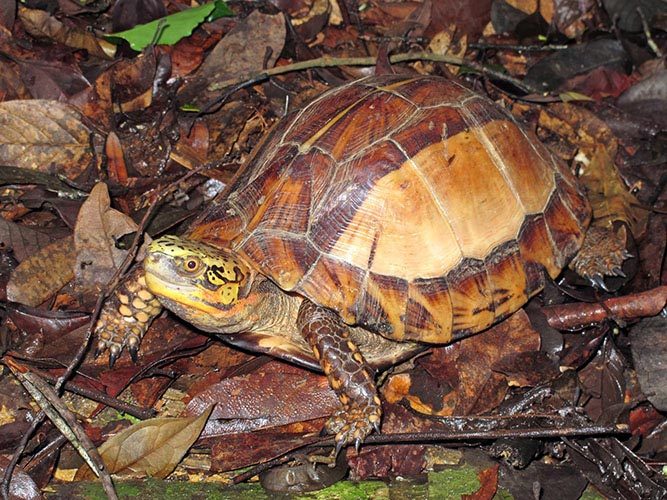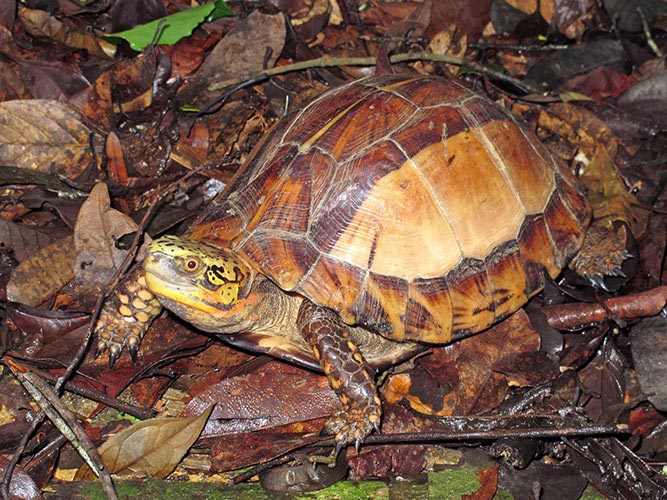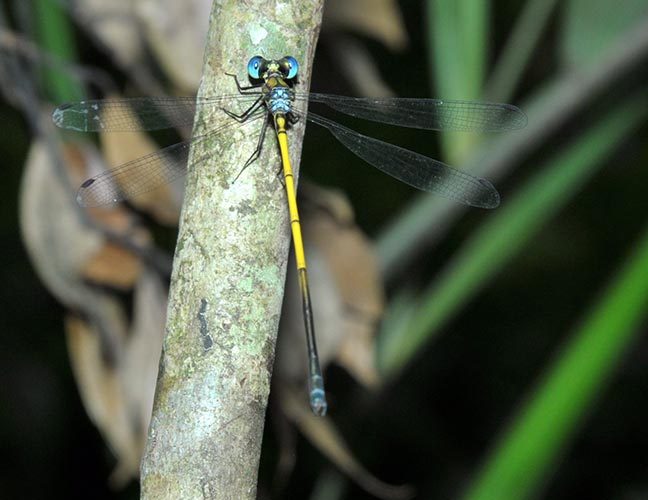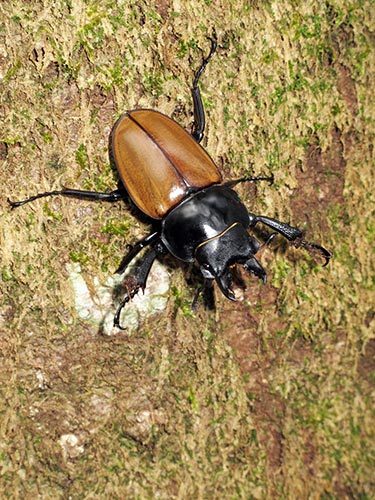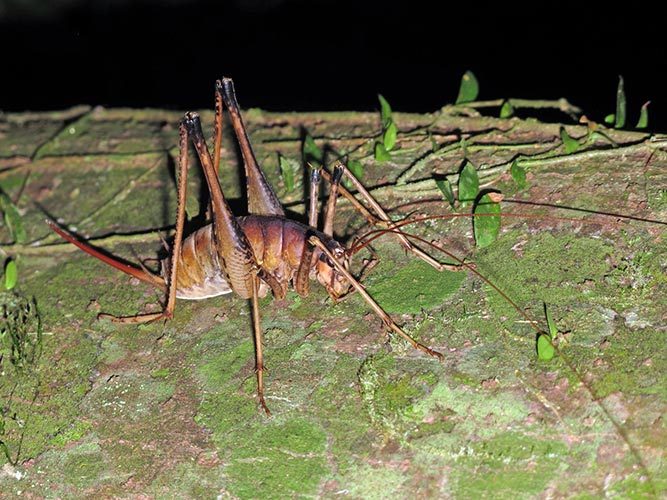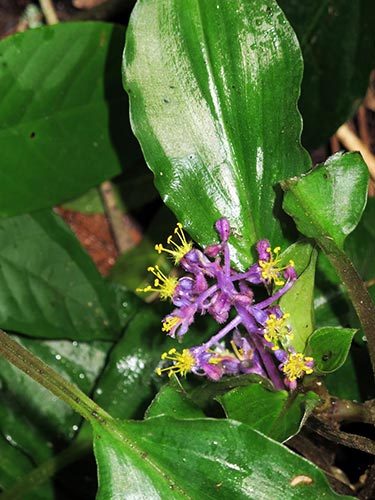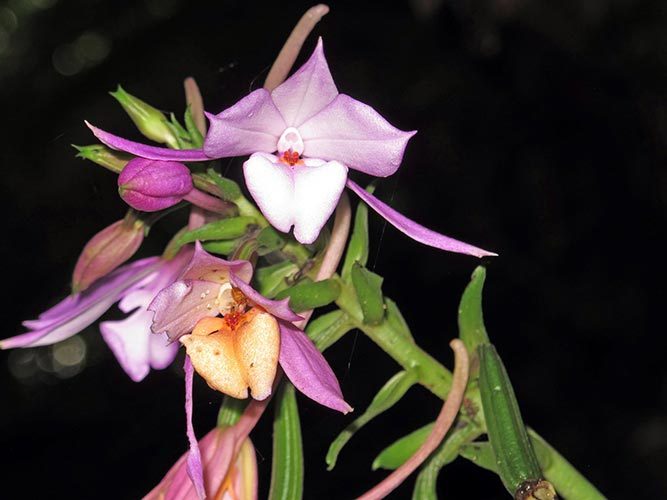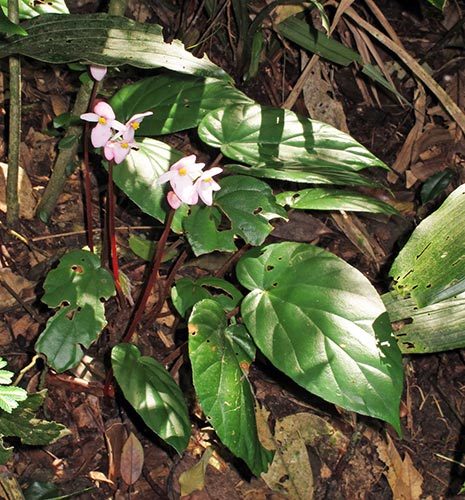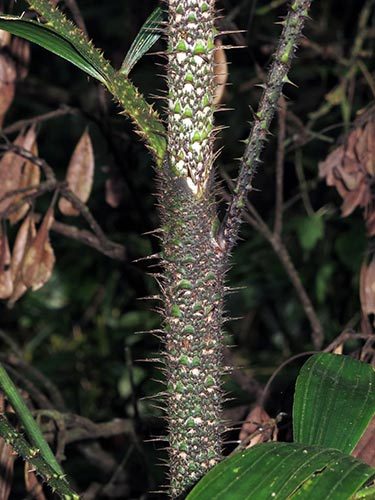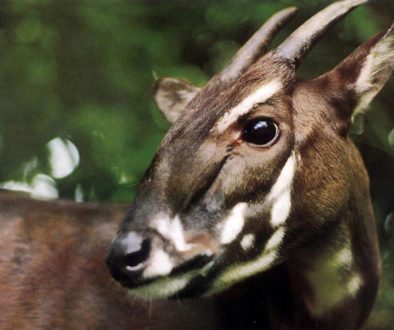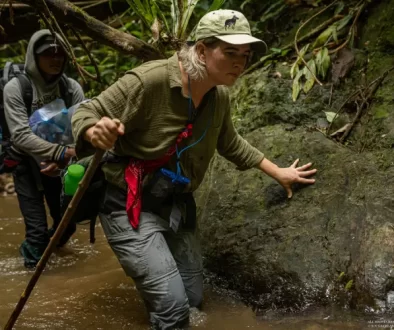What’s in a Name?: The Saola Foundation’s long-term strategy
Conservation news from Asia is often bleak, with many species already in severe decline and others facing new threats. Biodiversity everywhere on the continent is disappearing fast. So why focus on a single species (Saola) in a single small region (the Annamite Mountains)? What – besides the name – is the logic behind the Saola Foundation’s choice?
Although it’s not a pleasant thought, we live in an age where it has become apparent that we can’t save everything. Extremely tough decisions must be made in the conservation world. But as difficult as such choices are, procrastination is not an option. The natural world deserves our dedication to making these choices well.
While the Annamites are not the most biodiverse region in the world (a title that would perhaps go to the rainforests of Sumatra or a site in South America), they are in a class of distinction when it comes to both endemism and richness. Unfortunately, the threats that face nature in the Annamites are also infamously great in both their breadth and intensity. This region may be the place within Asia where the point of intersection between all of these metrics is highest. Therefore, although no region is safe from harm, it would be hard to find another region in such dire need of help.
In fact, there is more at stake here than almost anywhere else in the world. We at the Saola Foundation feel justified in saying that the Annamite Mountains are one of the highest global conservation priorities. Irreplaceable biodiversity in the Annamites is in acute trouble. We need to make choices to save as much as we possibly can, before it’s too late.
With that in mind, how do we start to prioritize and make decisions? It boils down to the answers to three questions: what is irreplaceable, what is in the most need, and where can we be the most effective and the most certain of a positive outcome. This narrows the field considerably. A clear answer, and thus a clear priority, is the Saola.
For most life on Earth, extinction will be forever. Resurrection may be possible for some species in the future, but not for all. While it’s hard to argue that one species is more deserving of protection than another, the Saola is a frontrunner.
This species has a lot going for it, including its evolutionary distinctiveness and the fact that it represents an ancestral form or “missing link” in the bovid family tree. In appearance, the Saola has more in common with its extinct ancestors than its living descendents. It is not just another wild ox, in the way that a Tiger is another big cat or a White-cheeked Gibbon is another gibbon. And it’s hard to deny that the Saola’s graceful appearance also accords with humanity’s preferences for beauty; although I believe beauty is everywhere in nature.
Other, highly threatened non-endemic large mammals in the Annamites have a greater “safety net” because they also occur in other regions. The Gaur has more secure populations in India, and the two species of pangolins found in the Annamites have much larger global distributions. If they were ever to be extirpated in the Annamites, there would still be a chance to conserve them elsewhere. This is also the case with the two species of rhino that the region has lost. But for Annamite endemics like the Saola, there are no other options. If we lose them, then they will likely be gone for good. The Saola truly is irreplaceable and on the precipice of extinction.
Of course, it may share the precipice with a handful of species; for instance, there could be an endemic terrestrial leech in peril as a result of the loss of Annamite megafauna. But besides its large mammals and birds, we know shockingly little about most of the biodiversity of the Annamites. It’s safe to say, however, that the Saola must be one of the most threatened Annamite endemics.
For one, large mammals have a tendency to be at a heightened risk relative to other species. They need bigger areas to survive than the majority of other living creatures – a definite disadvantage, especially when natural resource exploitation occurs within their habitat.
How do we weigh our chances of success if we prioritise the Saola? What factors should we use to define success? In the absence of a crystal ball, we can at least predict where we can be successful in the next few years. We have knowledge of trends spanning several decades, and we know through experience what has worked and what has not. We can be reasonably confident in these predictions. But unfortunately, short-term gains are often ephemeral. It’s important that we consider long-term strategies and outcomes now to make our short-term strategies more resilient.
So why is investing in Saola the best bet for maximising long-term conservation gains in the Annamites? We can’t be certain that the Saola can be saved from extinction, and there is some risk involved. What we do know is that the benefits will outweigh the risk, even if we are not successful in saving the Saola. Our project will create the foundation required for achieving the long-term conservation gains that are so badly needed.
Saving the species in the Annamites that is closest to extinction would demonstrate that conservation gains can indeed be made there. And the unprecedented effort, resources, and expertise required to save the Saola will also be needed to save countless other species. If the Saola cannot be saved, it will be because we were too late in trying. But in trying, we will have substantially raised the bar for Annamites conservation. We will have set the pieces in place to conserve irreplaceable biodiversity.
Conservation in the Indochinese region is already on a slippery slope, as is true in countless places. It is our task to stop the slippage and set new, encouraging precedents. Focusing on the Saola allows us to optimise conservation gains. Saola is not the endgame; our sights are focused on the fragile (and perhaps untold) richness that makes the Annamites so special. We are working from a vision that spans decades. And as our team begins to carry out our strategy, we will make the difficult decisions with both passion and scientific confidence. We hope you’ll continue to support us on this journey, and become an advocate yourself for the incomparable Annamite Mountains.

